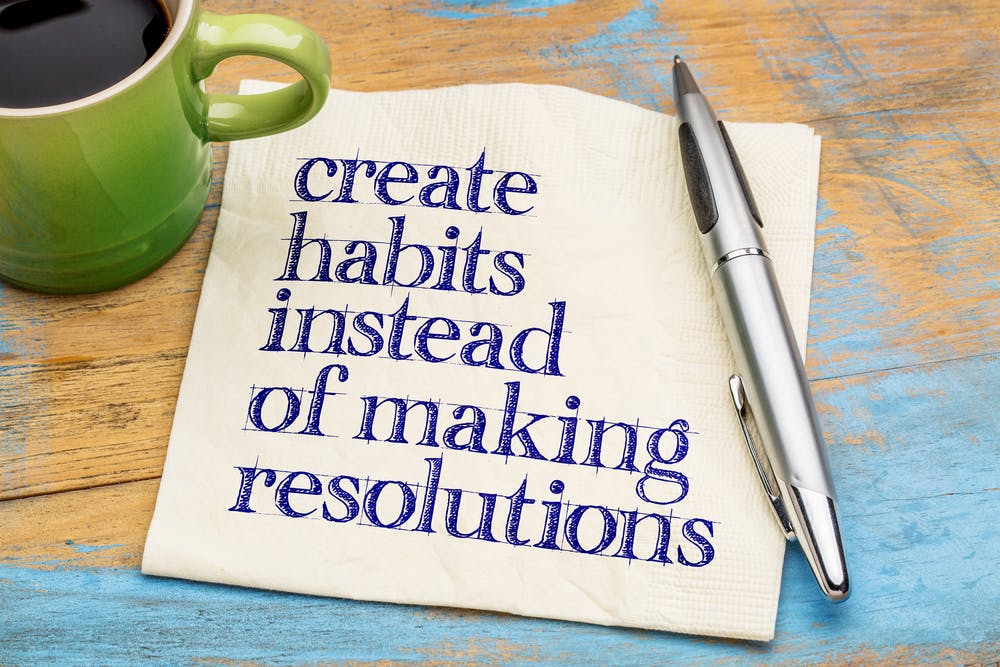The strongest way to make a new culture stick is by transforming new behaviors into regular habits. To really make feedback a part of your culture, follow these steps:
1. Training
First, really make sure the behaviors your employees are forming are the right ones. You don’t want people to get into the habit of giving feedback that isn’t actionable, or only giving feedback when there’s a problem.
As the HR department behind the process, you should plan how to provide training that will condition the right kinds of feedback behaviors. Managers especially should receive formal training in how to give and receive feedback.
Naturally we have a tendency to only take in one or two new skills at a time so it may be best to break up feedback training into different stages. For example, one class on how to give feedback and another on how to receive feedback or into different themes like how to overcome fear of feedback, how to coach low performers, etc.
Then think about how you’re going to train employees. Will you hold a company wide training at the next all hands meeting? Have managers hold smaller team training? Or is your team more likely to respond well to videos, blog posts and other more visual materials? Figure out which tactic is most effective in reaching out to your employees and kick off the process by providing training materials and information by e-mail.
2. Routine
It’s essential that the skills employees learn in the training sessions are not lost when returning to work. What you want is for feedback to become a regular part of people’s routine, not something that’s only done during performance reviews.
According to Pulitzer prize-winning journalist Charles Duhigg, the best way to form new habits in the workplace is by creating a routine and reward system triggered by certain cues. In his book he describes the LATTE method that Starbucks employees are taught to use when confronted with an angry customer.
We Listen to the customer, Acknowledge their complaint, Take action by solving the problem, Thank them, and then Explain why the problem occurred.
Instead of getting angry or emotional they follow these steps checking them off the list one by one. Having a set of memorized steps that can guide employees through a difficult situation helps them master their emotions. For example, your steps could be:
Cue – Receiving a feedback notification from a colleague
Routine –
- Analyze the feedback
- Ask questions to better understand
- Thank them
- Strategize ways to improve based on your feedback
- Set goals for yourself based on these strategies
Reward – Using feedback to reach the professional goals you’ve set for yourself
3. Recognition and rewards
Publicly recognizing good feedback behavior is a great way to demonstrate exactly what you’re looking for and to incentivize others to pick up these key habits. For example, at Impraise we each recognize a colleague every week for doing something great the week before. Some companies using Impraise are now offering rewards and bonuses to the person who gave the best feedback to a peer.
